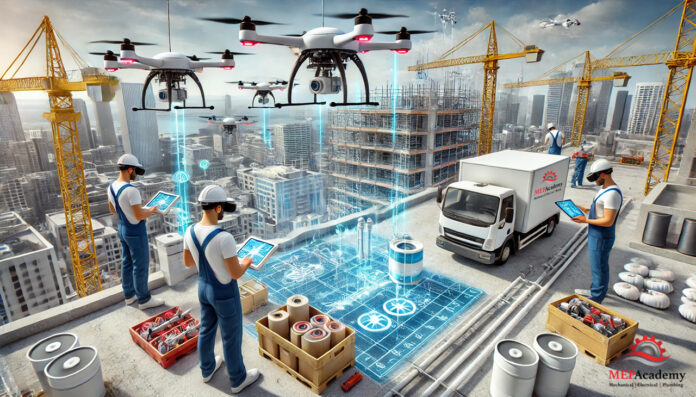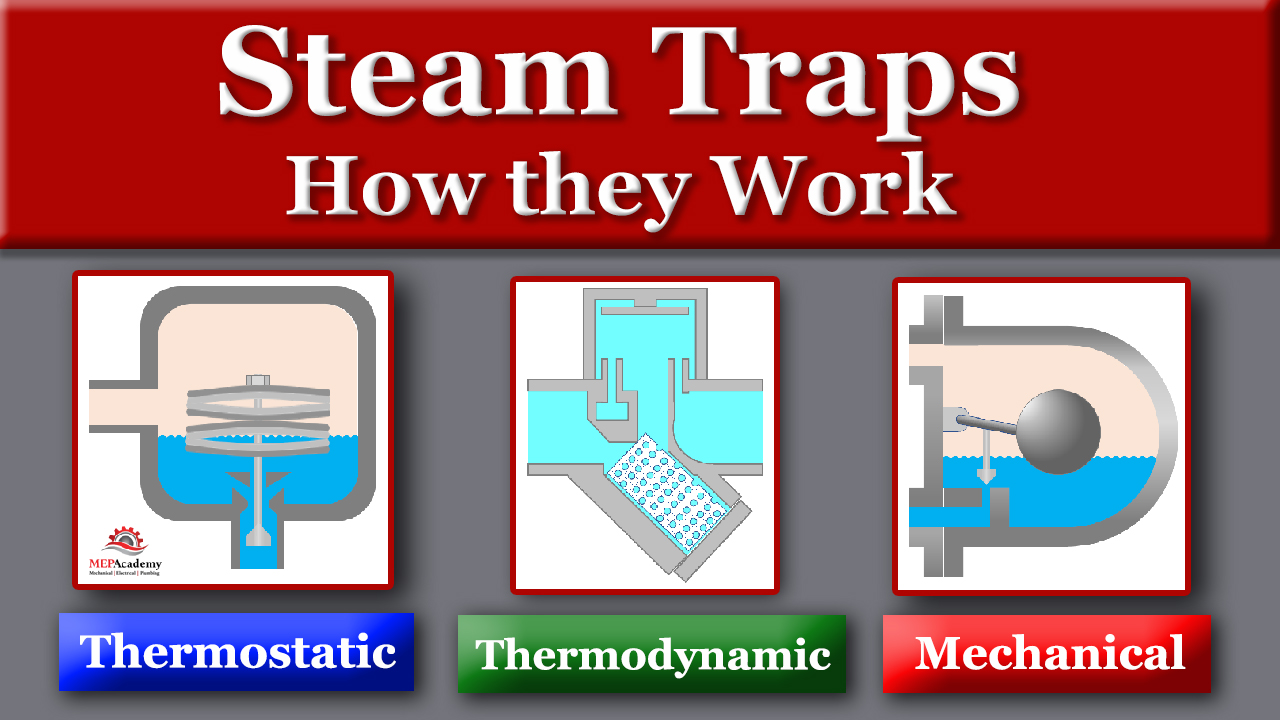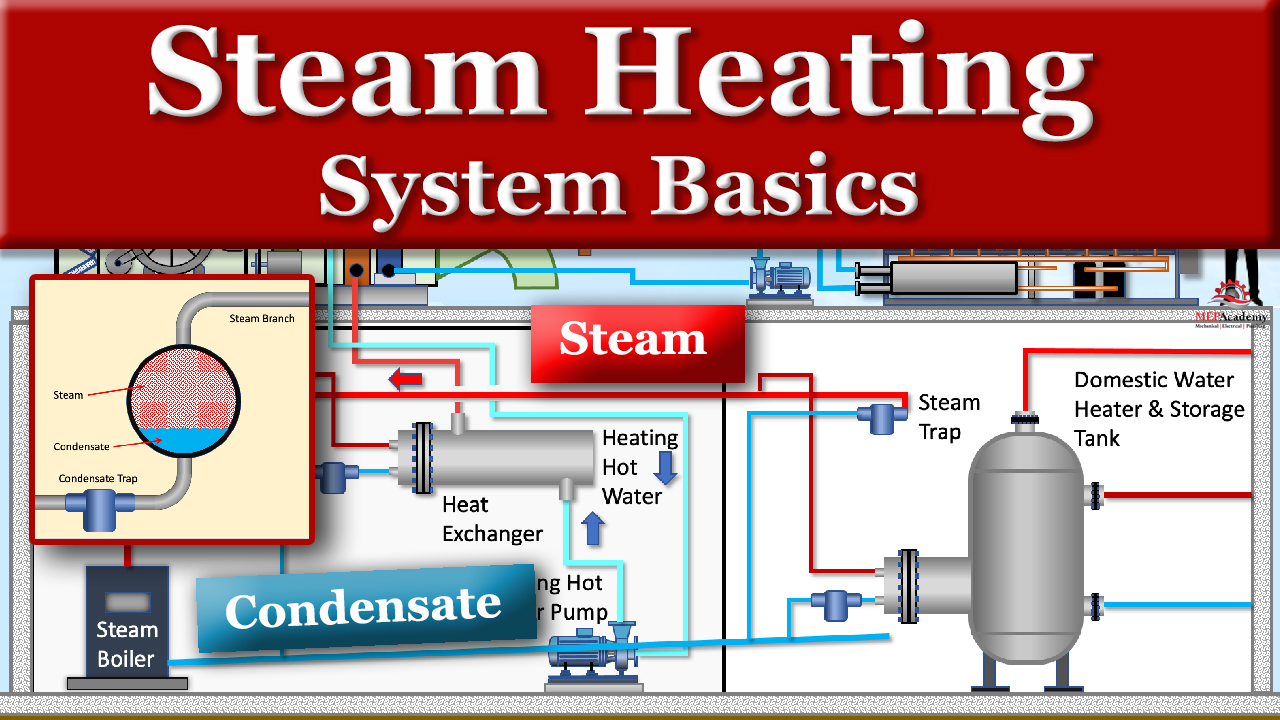The construction and service industries are on the cusp of a revolution with the increasing adoption of drone technology. Drones—both piloted and un-piloted—are being developed to streamline job site operations, deliver parts and tools, and assist technicians with inspections and repairs. The future promises a more efficient, cost-effective, and safer approach to maintenance and service repairs, reducing costly delays caused by traffic congestion, supply house runs, and labor inefficiencies.
While the potential is immense, significant hurdles must be overcome, particularly in terms of regulatory challenges, safety concerns, and technological advancements. This article explores the current state of drone technology, emerging developments, and the challenges to full-scale implementation in construction and MEP service industries.
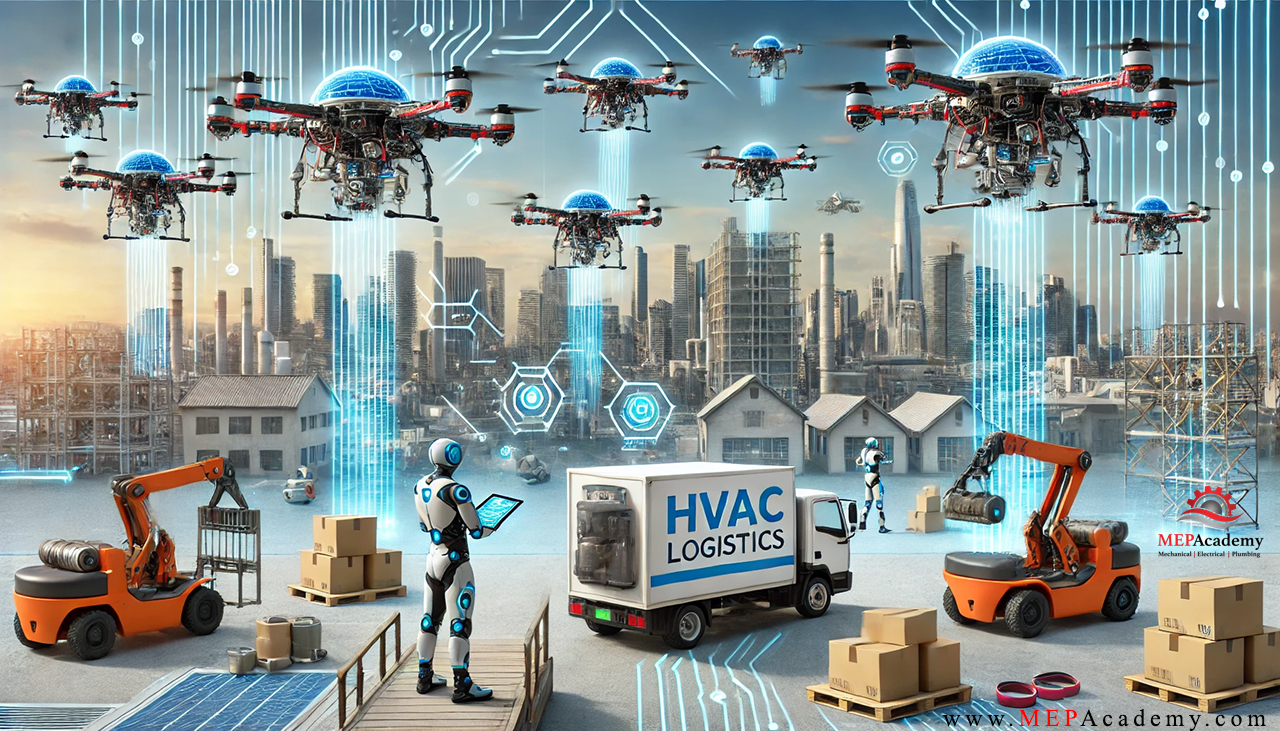
Current Use of Drones in Construction and Repairs
Drones are already widely used in the construction industry for:
- Site Surveys and Inspections: Mapping out job sites, assessing terrain, and conducting aerial inspections.
- Progress Monitoring: Providing real-time updates on project status.
- Safety Assessments: Identifying hazards before workers enter a site.
- Building and Roof Inspections: Assessing HVAC, electrical, and plumbing infrastructure without requiring manual access.
However, as technology advances, drones are poised to take on more active roles in construction and repair services, including part delivery and even direct repair assistance.
Future Applications: Drones for Service Technicians and Repairs
1. Drone-Assisted Parts and Tool Delivery
One of the most practical applications of drones in construction and repair work is delivering small parts and tools to technicians on rooftops or job sites. Currently, technicians frequently waste time battling traffic to pick up replacement parts or tools, causing delays that cost businesses money.
With piloted or autonomous drones, companies could deploy drones from local supply warehouses or service hubs, delivering HVAC, electrical, or plumbing components directly to job sites in minutes. This approach could eliminate hours of wasted travel time and significantly improve efficiency.
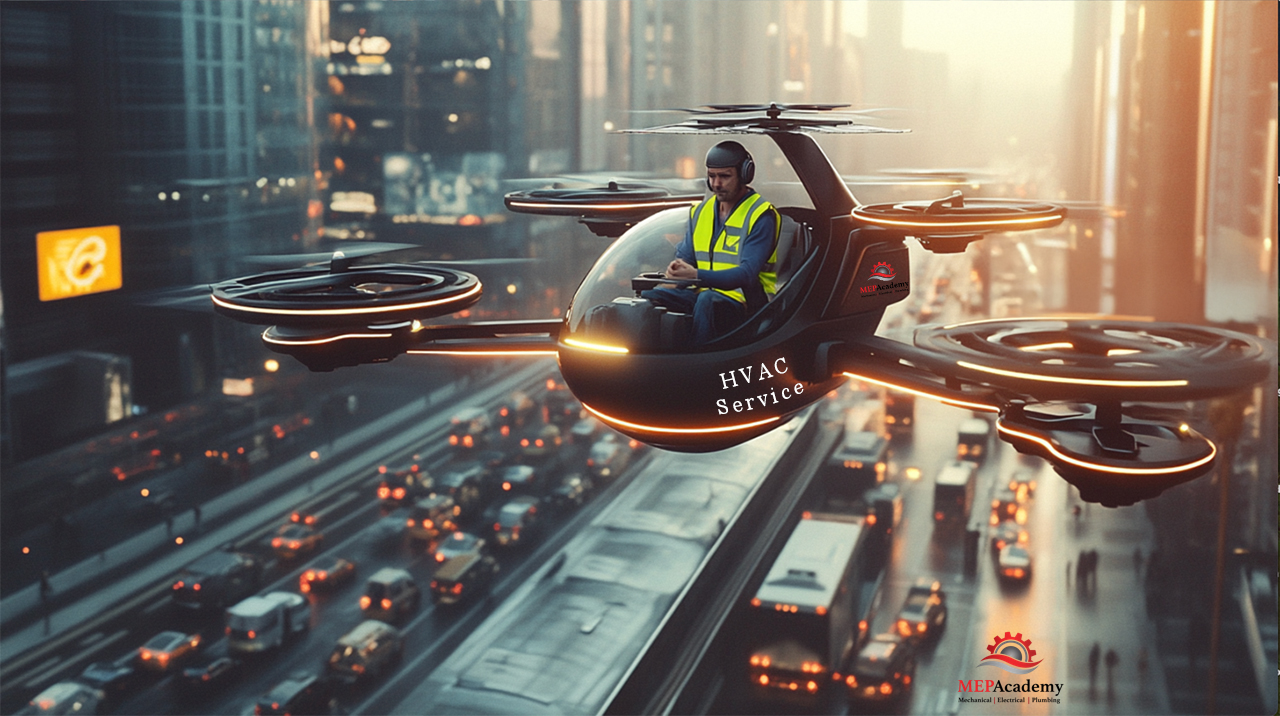
Technology Making This Possible
- Current:
- DJI’s FlyCart 30 is an early-stage drone capable of carrying payloads up to 66 lbs (30 kg) over distances of up to 16 miles.
- Zipline’s fixed-wing drones are used in medical supply delivery, showcasing a model that could work for construction.
- In Development:
- Automated storage hubs with drone dispatch systems, reducing human involvement in retrieving and loading parts.
- Improved battery and hybrid power systems to increase drone flight ranges and payload capacities.
- AI-based navigation and object recognition to allow drones to deliver parts precisely to a technician’s location.
2. Drone-Assisted Repairs and Inspections
Drones could eventually become more than just delivery vehicles. They could perform minor repairs and assessments autonomously or remotely with the assistance of a human operator.
- Thermal imaging and infrared cameras to detect electrical faults, HVAC inefficiencies, or plumbing leaks.
- Robotic arms and manipulators for minor repairs, such as tightening bolts or securing electrical connections.
- Augmented reality (AR) and AI integration, where drones assist technicians with visual overlays and diagnostic tools.
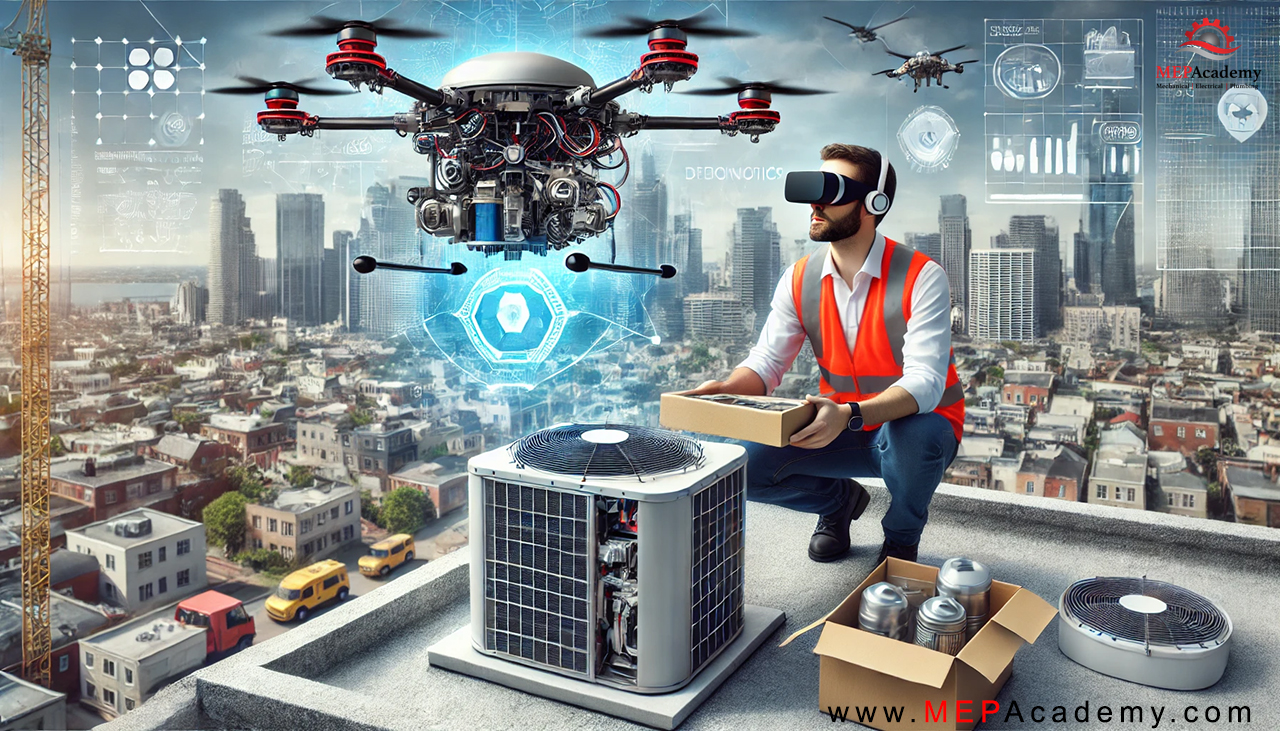
3. AI and Swarm Technology for Construction Assistance
Future drones may not operate alone but rather in coordinated swarms to perform complex tasks.
- Swarm drones could work together for inspections, collectively scanning a building’s systems faster than a single drone.
- AI-driven construction drones could assist in moving materials around a job site, reducing reliance on traditional equipment. Checkout these Drones.
Challenges to Drone Integration in Construction and Service Industries
While the potential for drones in construction and repair services is high, there are significant regulatory, safety, and technical challenges that must be addressed before widespread adoption.
1. Regulatory Hurdles
The FAA (Federal Aviation Administration) and other global aviation authorities have strict rules on drone usage, particularly for commercial purposes.
- Current Restrictions:
- Line-of-sight requirements prevent fully autonomous long-range deliveries.
- Weight and altitude restrictions limit the types of parts that can be transported.
- Airspace control issues make it difficult to deploy drones in urban environments without interference.
- Possible Solutions:
- FAA-approved Beyond Visual Line of Sight (BVLOS) technology will be crucial for expanding drone applications.
- Development of dedicated drone corridors and integrated air traffic control systems.
2. Safety and Liability Concerns
- Collision Avoidance: Drones flying near construction sites, urban buildings, and technicians pose risks of accidents.
- Payload Security: Parts and tools must be safely secured to avoid drops that could injure workers or pedestrians.
- Cybersecurity: Drones must be hacker-resistant to prevent unauthorized control or data breaches.
3. Battery and Payload Limitations
- Current battery technology limits flight time and range.
- Heavy equipment requires stronger motors and larger drones, which might be impractical for job sites.
- Ongoing research in hydrogen fuel cells and advanced battery tech may solve these issues.
The Road Ahead: When Will Drone Integration Become Mainstream?
The integration of drones in construction and service industries will likely happen in phases:
- Short-Term (2025-2028): Increased use of drones for inspections, mapping, and surveillance with improved AI analytics.
- Mid-Term (2028-2035): Routine delivery of small parts and tools to technicians using autonomous drones, with regulatory advancements allowing BVLOS flights.
- Long-Term (2035 and Beyond): Full integration of automated repair drones, robotic maintenance systems, and AI-controlled site operations.
Conclusion
The future of piloted and autonomous drones in construction and repair services is promising, with the potential to significantly reduce delays, improve technician efficiency, and cut costs. While regulatory and technological challenges remain, advancements in AI, battery technology, and automated flight control will gradually pave the way for widespread adoption.
As these innovations develop, companies in the construction and MEP industries should stay informed and explore ways to integrate drone technology into their workflows—because the future of work may soon take flight. Leave your ideas in the comments below. Do you use drones now, or do you see yourself using them in the future?
If you found this video helpful, be sure to check out our HVAC and Plumbing Estimating Spreadsheets to streamline your construction bidding process, checkout our HVAC, Electrical and Plumbing Construction Forms to help you run your business and explore our Online Courses for in-depth training. You’ll find everything you need to level up your skills and efficiency. Links are in the description below.
If you like that video, please give it a thumbs up and subscribe to our channel, thank you.





















